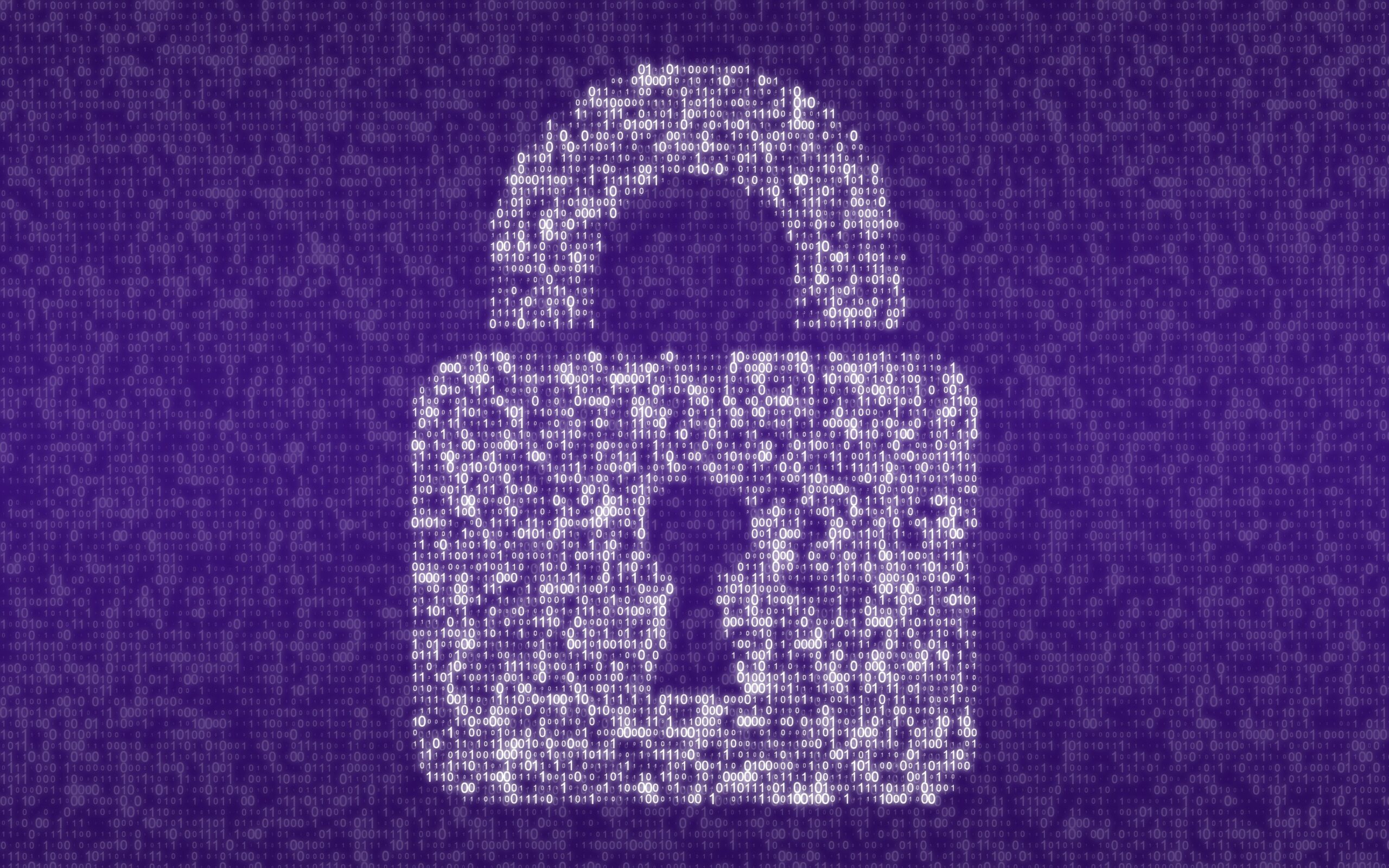Home Office claims machine-learning software developed in conjunction with ASI Data Science could be of use to smaller platforms such as Vimeo, Telegra.ph, and pCloud
The government has unveiled a machine-learning tool it claims can detect and snuff out terrorist propaganda posted online.
The software, which was developed by the Home Office in partnership with London-based consultancy ASI Data Science, “can automatically detect 94% of Daesh propaganda”, the government claimed, adding that the accuracy rate of its detections is 99.995%. This would mean that just one in every 20,000 videos analysed by the software “requires additional human review”.
The tool can be used by any website, and is designed to be embedded into its content-uploading process. This could mean “that the majority of video propaganda is stopped before it ever reaches the internet”, according to the government.
This, the government added, is particularly important when considering that “the majority of links to Daesh propaganda are disseminated within two hours of release, while a third of all links are disseminated within the first hour”.
The government hopes that the technology will prove particularly useful for smaller firms who, unlike major internet companies, may not have their own in-house tools for detecting and deleting terrorist content. These less prominent sites “are increasingly targeted by Daesh and its supporters”, the government claimed.
Platforms that the government believes could benefit from greater support in tackling extremist content include Vimeo, Telegra.ph, and pCloud.
Related content
- Home secretary urges Silicon Valley to help government in tackling online extremism
- Prime minister tells tech giants to remove terrorist content within two hours or face penalties
- Amber Rudd: ‘I don’t need to understand encryption to understand it’s helping criminals’
Home secretary Amber Rudd said: “Over the last year we have been engaging with internet companies to make sure that their platforms are not being abused by terrorists and their supporters. I have been impressed with their work so far, following the launch of the Global Internet Forum to Counter-Terrorism, although there is still more to do, and I hope this new technology the Home Office has helped develop can support others to go further and faster.”
She added: “The purpose of these videos is to incite violence in our communities, recruit people to their cause, and attempt to spread fear in our society. We know that automatic technology like this can heavily disrupt the terrorists’ actions, as well as prevent people from ever being exposed to these horrific images. This government has been taking the lead worldwide in making sure that vile terrorist content is stamped out.”
Rudd is in San Francisco this week, meeting with “the main communication service providers to discuss tackling terrorist content online”, the government said. The home secretary will also meet with US secretary of state for homeland security Kirstjen Nielsen to discuss how the two countries can work together to try and combat extremist internet content.
The new software developed by the Home Office and ASI Data Science was “trained using over 1,000 Daesh videos”, the department said. It is designed to be used by any site where users can stream or download videos, and can detect extremist content in real time, it added.



